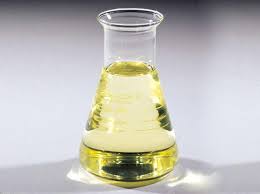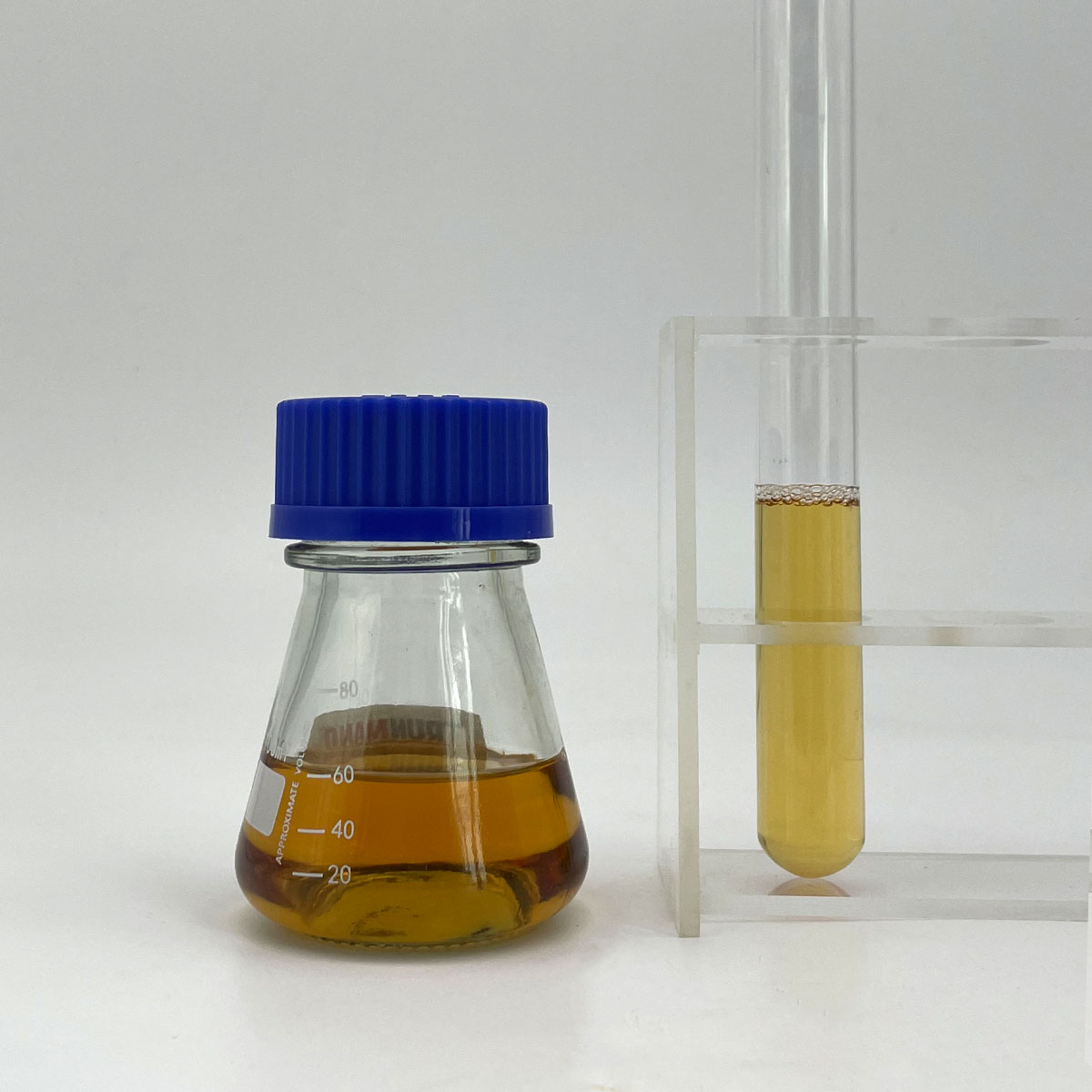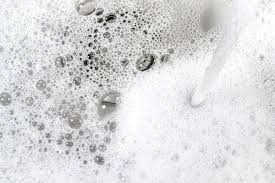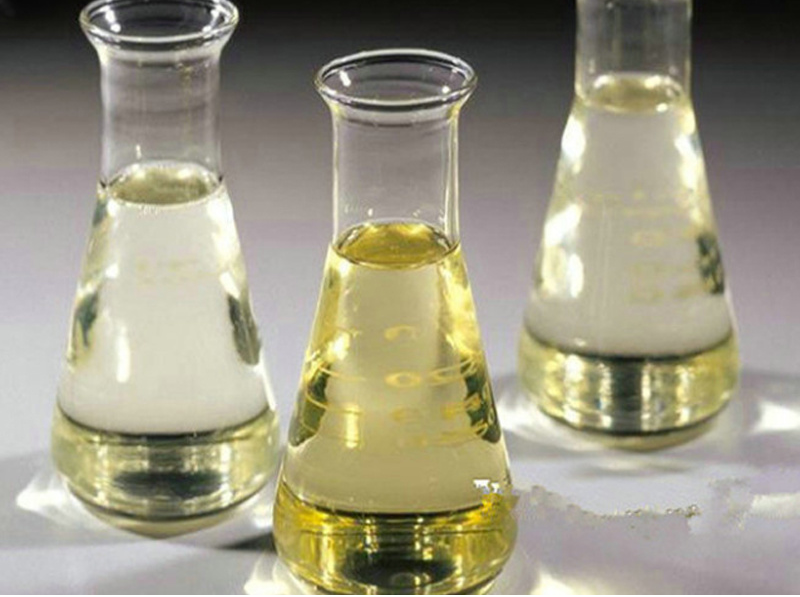**Title: Pulmonary Surfactant: The Lung’s Secret Life-Saver**
(What Is Pulmonary Surfactant)
**1. What Exactly is Pulmonary Surfactant?**
Think of your lungs like millions of tiny balloons. These balloons are called alveoli. Every breath you take fills them with air. Now imagine blowing up a small balloon. The first puff is the hardest. The balloon walls stick together. Pulmonary surfactant is like magical soap inside your lung balloons. It stops the walls from sticking.
This surfactant isn’t simple soap. It’s a complex mix. It contains special fats called phospholipids. Proteins are also part of the mix. Together, they form a thin film. This film coats the inside surface of the alveoli. Its main job is reducing surface tension. Surface tension is the force making water droplets bead up. Inside your lungs, high surface tension is bad. It makes the alveoli hard to inflate. Surfactant lowers this tension dramatically. It lets your tiny lung balloons inflate easily with every breath.
**2. Why Do Our Lungs Absolutely Need Surfactant?**
Surfactant isn’t optional. It’s essential for breathing. Without it, breathing would be incredibly difficult. The surface tension inside dry alveoli is very high. High surface tension makes the alveoli collapse. Collapsed alveoli cannot take in oxygen. Imagine trying to blow up millions of tiny, sticky balloons constantly. You would get exhausted fast.
Surfactant prevents this collapse. It makes inflating the lungs much easier. This reduces the work needed to breathe. You don’t have to strain for every single breath. Surfactant also keeps the alveoli stable. It stops them from collapsing completely when you breathe out. This stability is crucial. It ensures some air always remains in the lungs. The lungs don’t completely deflate. This makes the next breath much smoother. Without surfactant, gas exchange fails. Oxygen can’t get in. Carbon dioxide can’t get out. Life simply isn’t possible without this slippery substance.
**3. How Do Our Bodies Make This Vital Substance?**
Our bodies don’t buy surfactant. Special cells deep inside our lungs make it. These cells are called Type II alveolar cells. Think of them as tiny factories. They work constantly to produce and release surfactant.
The process starts before birth. During the later stages of pregnancy, fetal lungs begin producing surfactant. Production ramps up significantly. By about the 35th week of pregnancy, most babies have enough. The Type II cells package the surfactant components. They store them in structures called lamellar bodies. When needed, the cells release these packages. The packages unfold. They spread over the inner surface of the alveoli. This forms the crucial surface film. The body also recycles surfactant. Used surfactant gets taken back up. The Type II cells break it down and remake it. This recycling keeps a steady supply available.
**4. Life-Saving Applications: Surfactant Therapy**
Understanding surfactant led to one of modern medicine’s great breakthroughs. Premature babies often lack enough surfactant. Their lungs are underdeveloped. This causes Respiratory Distress Syndrome (RDS). RDS makes breathing extremely hard. Before surfactant therapy, many premature babies died from RDS.
Doctors now use artificial surfactant. This synthetic or animal-derived surfactant is a lifesaver. It’s given directly into the baby’s lungs through a breathing tube. The treatment works fast. It coats the immature alveoli. It reduces surface tension immediately. Breathing becomes much easier. Oxygen levels improve. This therapy drastically cuts death rates from RDS. It prevents severe complications like brain bleeds. It’s standard care for premature infants at risk. Researchers also explore surfactant therapy for adults. Conditions like Acute Respiratory Distress Syndrome (ARDS) might benefit. ARDS involves surfactant damage. Replacing it could help.
**5. Pulmonary Surfactant FAQs**
* **Can adults have surfactant problems?** Yes. While RDS is mainly a premature baby issue, adults can lose surfactant function. Severe lung infections, trauma, inhaling toxins, or conditions like ARDS can damage surfactant or the cells making it. This contributes to breathing failure.
* **Is surfactant only for breathing?** Its main job is in the lungs. Evidence suggests it might help the immune system too. Surfactant proteins can trap and help clear bacteria and viruses. They might signal immune cells.
* **What happens if surfactant doesn’t work right?** Problems occur. Not enough surfactant causes RDS in babies. Faulty surfactant, due to genetic issues affecting its proteins, can cause problems too. It might lead to lung infections or interstitial lung disease even in children or adults.
* **Does the body make new surfactant constantly?** Yes. Type II cells constantly produce and release surfactant. They also recycle used surfactant. This cycle keeps the alveolar lining refreshed.
(What Is Pulmonary Surfactant)
* **Can you test surfactant levels?** Directly measuring surfactant in a living person is hard. Doctors diagnose surfactant-related problems like RDS based on symptoms, X-rays, and the baby’s gestational age. Response to surfactant therapy also confirms the diagnosis.
Inquiry us
if you want to want to know more, please feel free to contact us. (nanotrun@yahoo.com)




